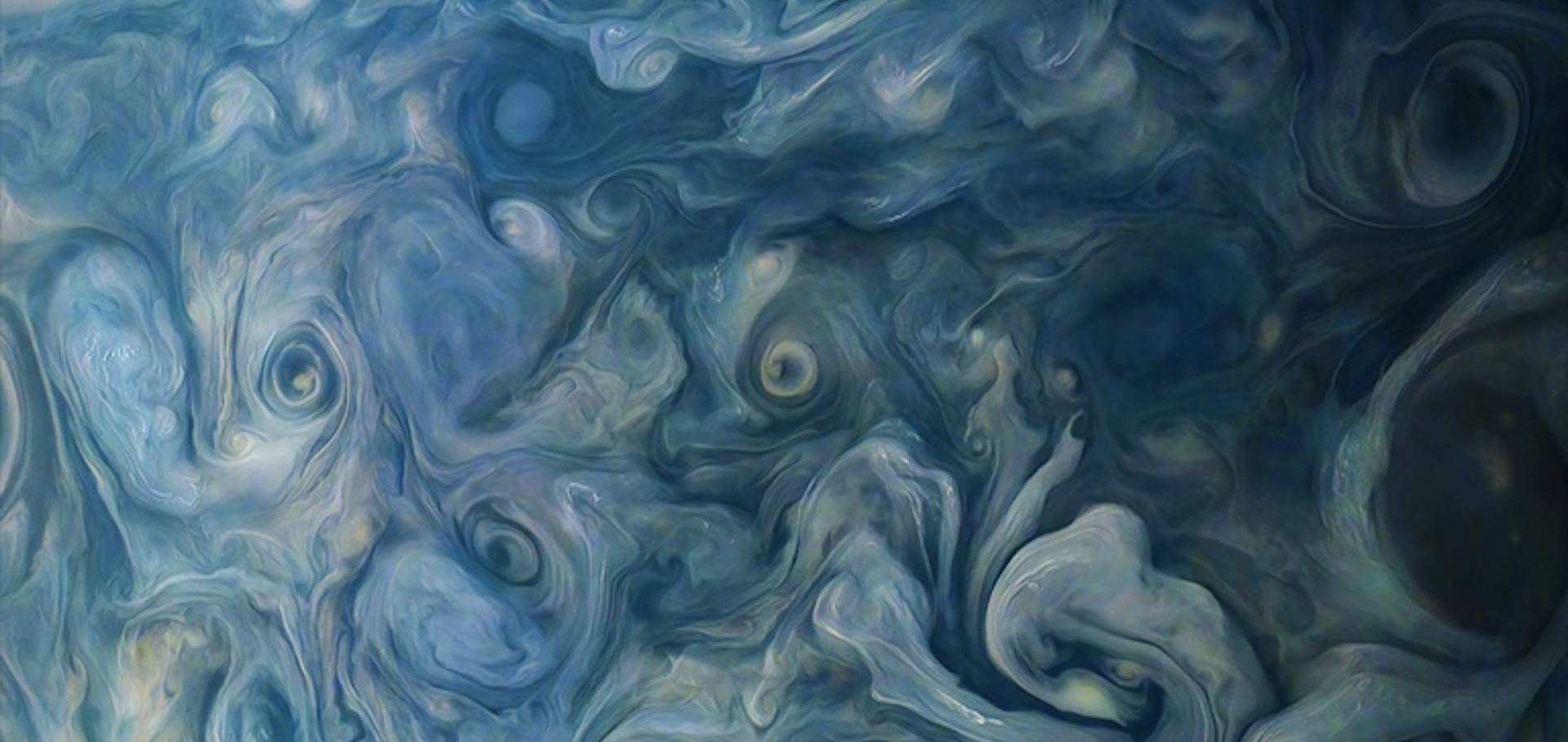The Mid-Infrared Search for Biosignatures on Temperate M-Dwarf Planets
Astro2020: Decadal Survey on Astronomy and Astrophysics 2020 (2019) 462-462
Detecting Earth-like Biosignatures on Rocky Exoplanets around Nearby Stars with Ground-based Extremely Large Telescopes
(2019)
Constraining the period of the ringed secondary companion to the young star J1407 with photographic plates
Astronomy and Astrophysics EDP Sciences 619:November 2018 (2018) A157
Abstract:
Context. The 16 Myr old star 1SWASP J140747.93-394542.6 (V1400 Cen) underwent a series of complex eclipses in May 2007, interpreted as the transit of a giant Hill sphere filling debris ring system around a secondary companion, J1407b. No other eclipses have since been detected, although other measurements have constrained but not uniquely determined the orbital period of J1407b. Finding another eclipse towards J1407 will help determine the orbital period of the system, the geometry of the proposed ring system and enable planning of further observations to characterize the material within these putative rings.Aims. We carry out a search for other eclipses in photometric data of J1407 with the aim of constraining the orbital period of J1407b.
Methods. We present photometry from archival photographic plates from the Harvard DASCH survey, and Bamberg and Sonneberg Observatories, in order to place additional constraints on the orbital period of J1407b by searching for other dimming and eclipse events. Using a visual inspection of all 387 plates and a period-folding algorithm we performed a search for other eclipses in these data sets.
Results. We find no other deep eclipses in the data spanning from 1890 to 1990, nor in recent time-series photometry from 2012–2018.
Conclusions. We rule out a large fraction of putative orbital periods for J1407b from 5 to 20 yr. These limits are still marginally consistent with a large Hill sphere filling ring system surrounding a brown dwarf companion in a bound elliptical orbit about J1407. Issues with the stability of any rings combined with the lack of detection of another eclipse, suggests that J1407b may not be bound to J1407.
Constraining the period of the ringed secondary companion to the young star J1407 with photographic plates
(2018)
A framework for prioritizing the TESS planetary candidates most amenable to atmospheric characterization
Publications of the Astronomical Society of the Pacific IOP Publishing 130 (2018) 114401


